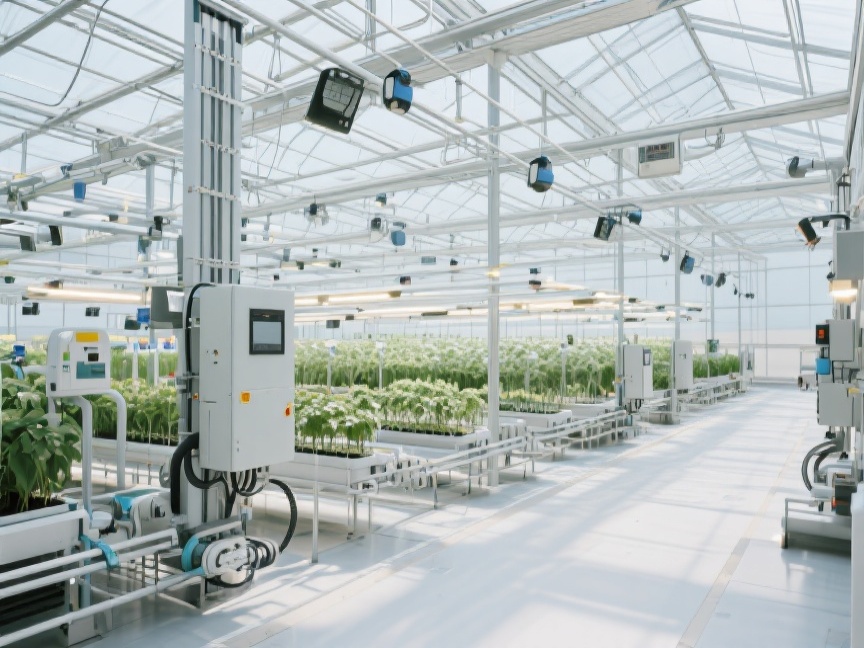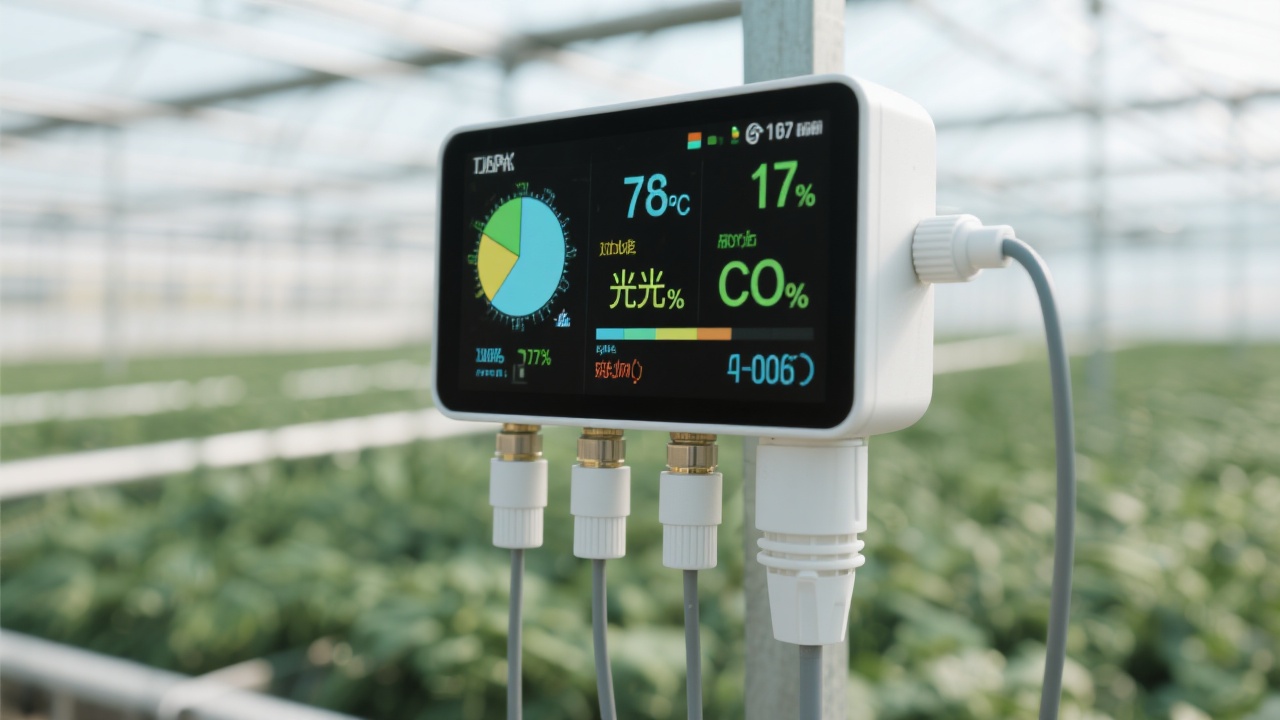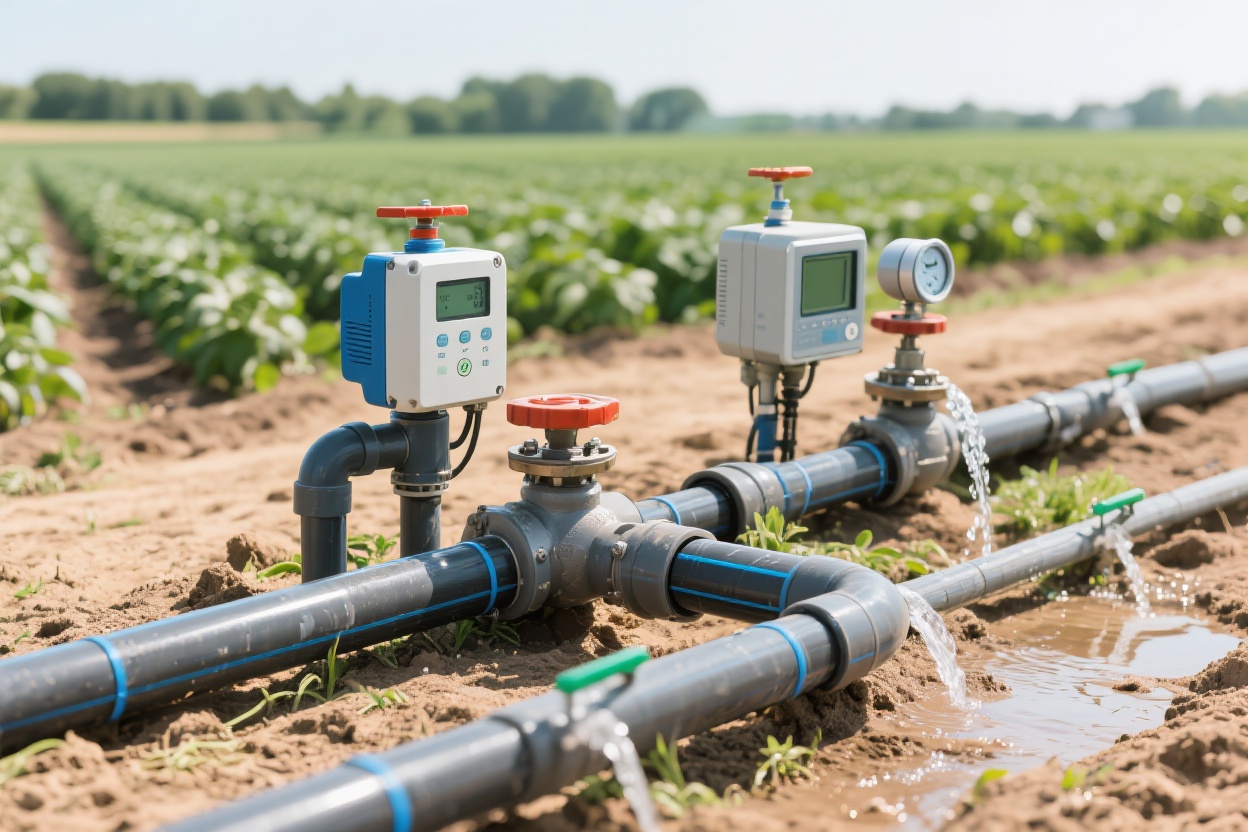Modern Agricultural Electrical Automation Development Trends: Intelligent Greenhouse and Integrated Water-Fertilization Systems
With the rapid development of IoT technology and artificial intelligence, agricultural electrical automation is undergoing unprecedented transformation. Intelligent greenhouse control systems, as crucial infrastructure in modern agriculture, are driving the transition from traditional farming to precision and intelligent agriculture.

I. Intelligent Greenhouse Environmental Control System
Modern intelligent greenhouses deploy various environmental sensors to achieve real-time monitoring of parameters such as temperature, humidity, light intensity, and CO₂ concentration. Using closed-loop control principles, the system automatically triggers corresponding equipment adjustments when environmental parameters deviate from set values:
- Temperature control: Automatic activation/deactivation of fans/humidifiers/heating systems within ±0.5°C precision range
- Humidity regulation: Maintains stable environment within ±3% RH through intelligent misting or dehumidification equipment
- Light management: Automatically adjusts shading screens and supplemental lighting based on crop requirements

II. Application of Integrated Water-Fertilization Technology
The integrated water-fertilization system utilizes soil moisture sensors to monitor data, combining crop growth stage requirements to achieve precise irrigation and fertilization:
- Water savings exceeding 30%, fertilizer reduction of 30%-50%
- 70% reduction in labor costs
- Water-fertilizer utilization rates reaching 90%
The system allows customized fertilization formulas, with EC and pH sensors monitoring nutrient solution status in real-time to ensure optimal nutrient supply for crops.

III. Intelligent Development Trends
Future greenhouse automation will develop in these directions:
- Deep integration of AI algorithms for growth prediction
- Machine vision applications for early pest/disease identification
- 5G-enabled remote cluster control
- Energy management systems optimizing consumption
Data-driven precision agriculture models can increase greenhouse yields by 3-5 times while significantly reducing resource consumption.